
Description
Normative Instruction No. 01/2005 of the Ministry of Health, which structured the Environmental Health Surveillance at the Unified Health System (SUS), directed that surveillance actions be contemplated in the Integrated Health Surveillance Programming (PPIVS), prepared by SVS managers and regional secretariats, for the ordering of financial resources to be invested in the health services network based on criteria and parameters agreed upon between regional managers. "It is characterized as a management instrument, which is based on equity as a way to promote social inclusion." (BRAZIL, 2006).
The Ministry of Health itself prepared a document with guidelines for the preparation of this Programming, indicating the areas that should be sectored in PPIVS, highlighting here the ‘Health of the child'. Within this theme, the parameters related to diarrheal diseases, commonly caused by the absence of the structuring of the WASH sector, are guided.
Among the parameters pointed out by the Program, the areas of Women's Health and Children's Health stand out:
Women's Health:
• Prenatal care
• Family planning
• Cervical cancer
• Breast cancer
Children's health:
• Growth and development
•Preventable diseases
• Respiratory disorders
• Asthma
• Diarrhea:
Adolescent Health
Criteria 9/11
- ACCESSIBILITY
- ALIGNMENT WITH SDG 1,3,4,6 AND/OR 11
- RACE AND GENDER ISSUES
- ATTENTION TO CHILDREN AND ADOLESCENTS
- LOW COST
- SOCIAL DIFFUSION
- ADMINISTRATIVE EFFICIENCY
- ADHERENCE AND CONTINUITY AT LOCAL LEVEL
- WASH INITIATIVE
- CLIMATE RESILIENCE
- SUSTAINABILITY
This programming directly communicates with municipal health departments, serving as a tool for organizing financial resources to be invested in the health services network based on criteria and parameters agreed upon by regional managers.
Municipal managers
National
Indefinite
The manual emphasizes that organizing assistance, with primary care as the main entry point, is essential for structuring other areas and ensuring the feasibility of flows established through the Integrated Programming. iv) State PPI Consolidation Stage.
The Programming Process and Intermanagerial Relations: i)The state manager, together with the municipal managers, defines from the Bipartite Intermanagerial Forum-CIB (acronym in Portuguese); ii) Municipal Programming Stage; iii) Regional Agreement (Inter-Municipal/Intra and Interstate).
As expressed in the document (Brazil, 2006), "after the agreed upon and integrated programming process, it is essential that mechanisms for its monitoring and evaluation are adopted, seeking permanent direction for a consistent allocation of resources, which maintains coherence with the other management processes. The proposed evaluation of the Integrated Programming uses the health problem approach methodology. This methodology starts with a diagnosis, classifying municipalities into homogeneous groups according to the indicators that make up the Living and Health Conditions Index (ICVS, acronym in Portuguese)”.
Among the 8 problems defined to be worked on, considering the priorities of the Pact for Life, the following stand out: Infant Mortality and Maternal Mortality. (BRAZIL, 2006).
Health care services should be funded with resources from all three levels of government. The most common practice is for the federal level to assume part of the cost of health care services, with fund-to-fund transfers to state and municipal managers, through medium and high complexity financial limits and other modalities of resource transfer. (BRAZIL, 2006)